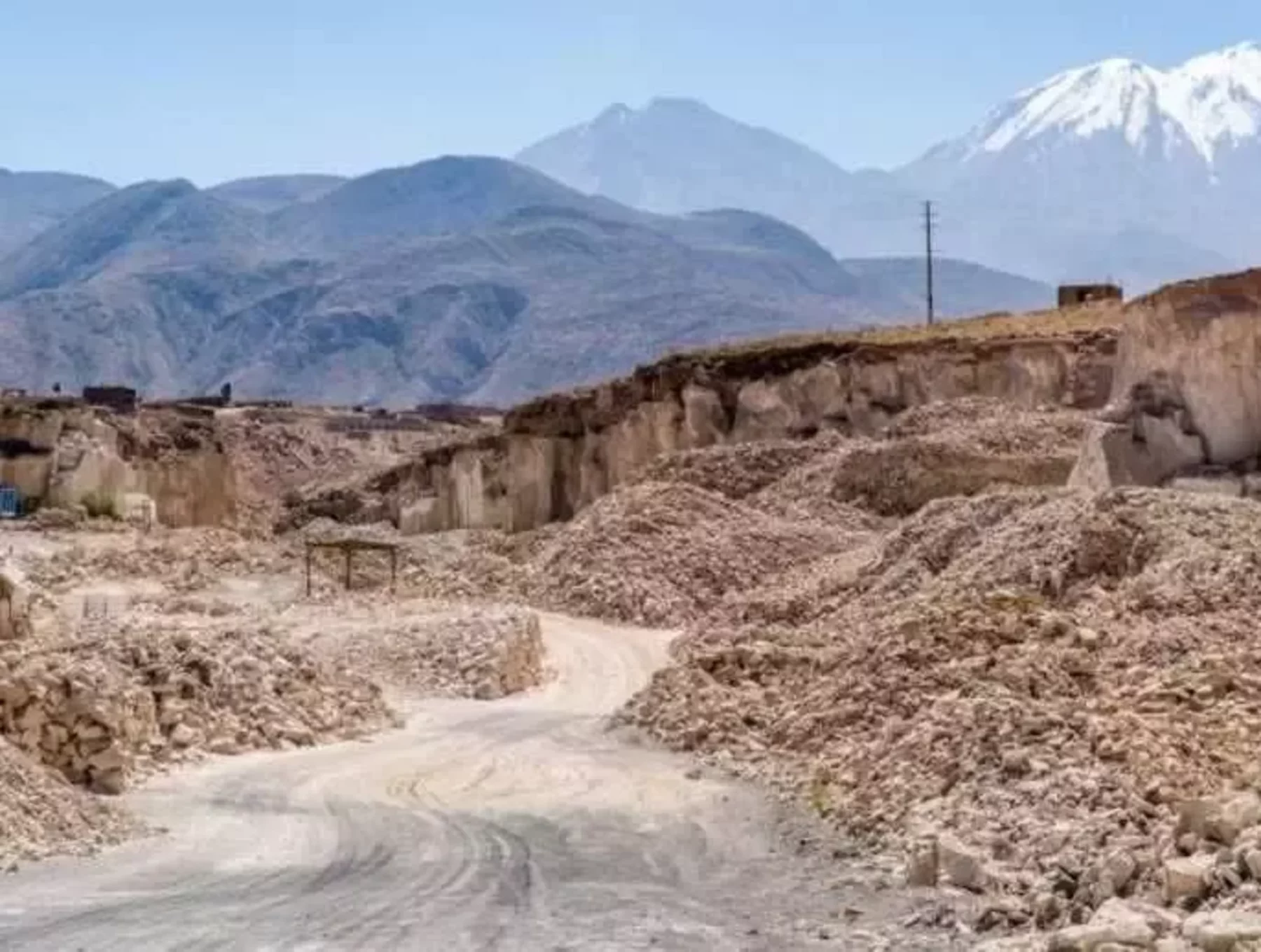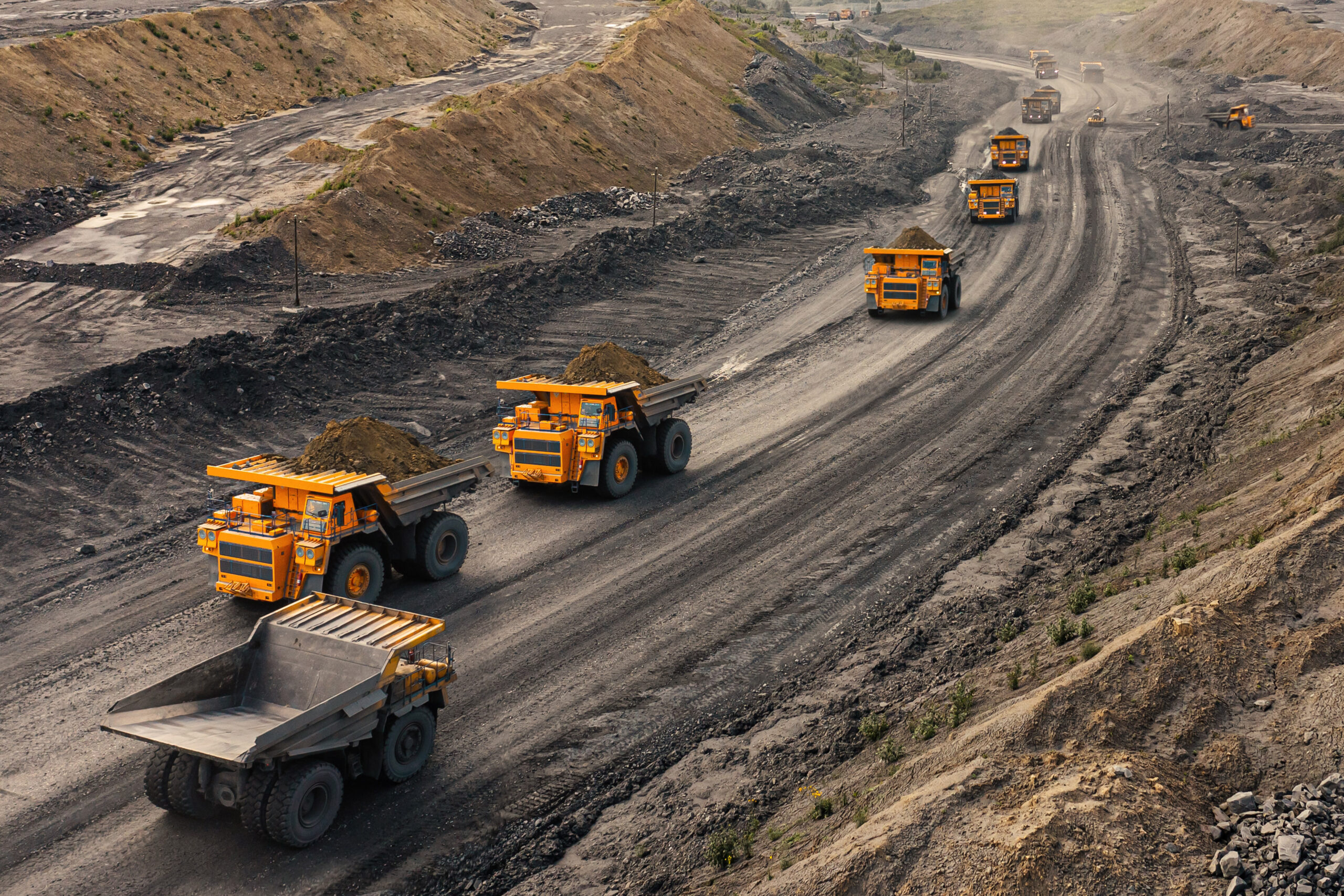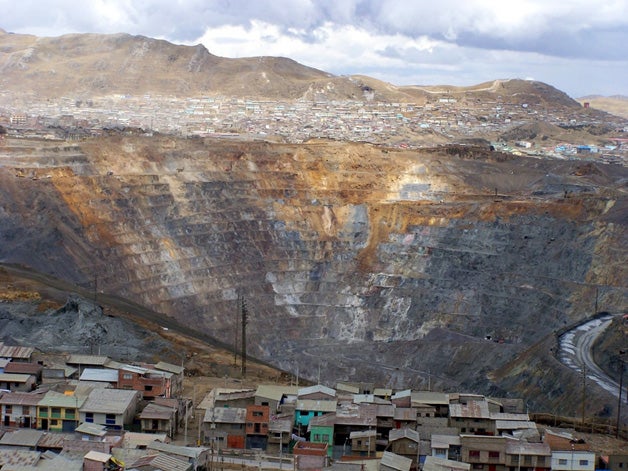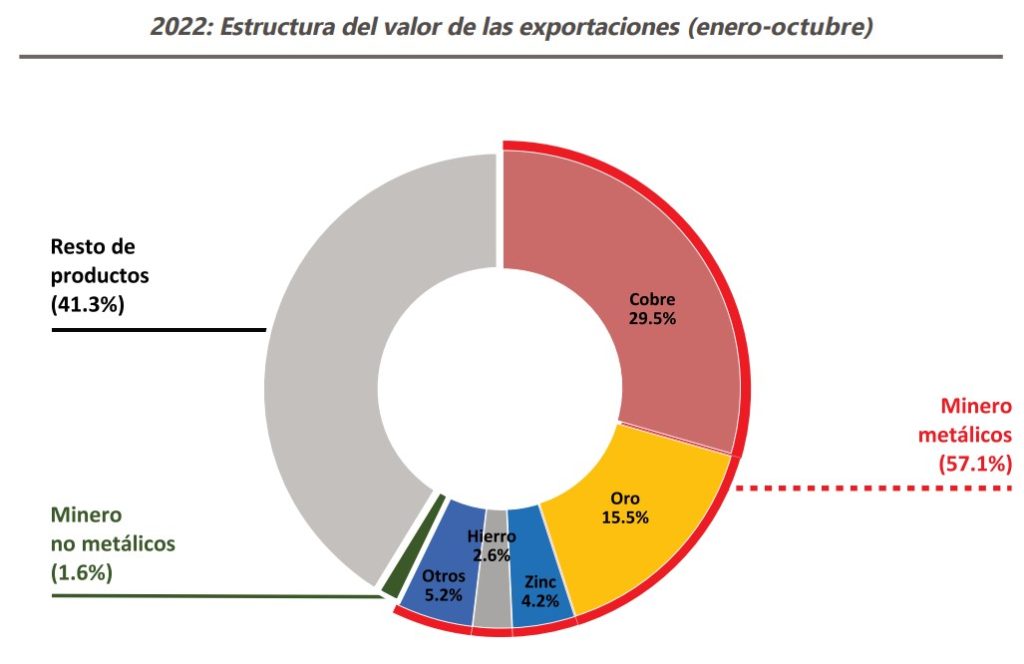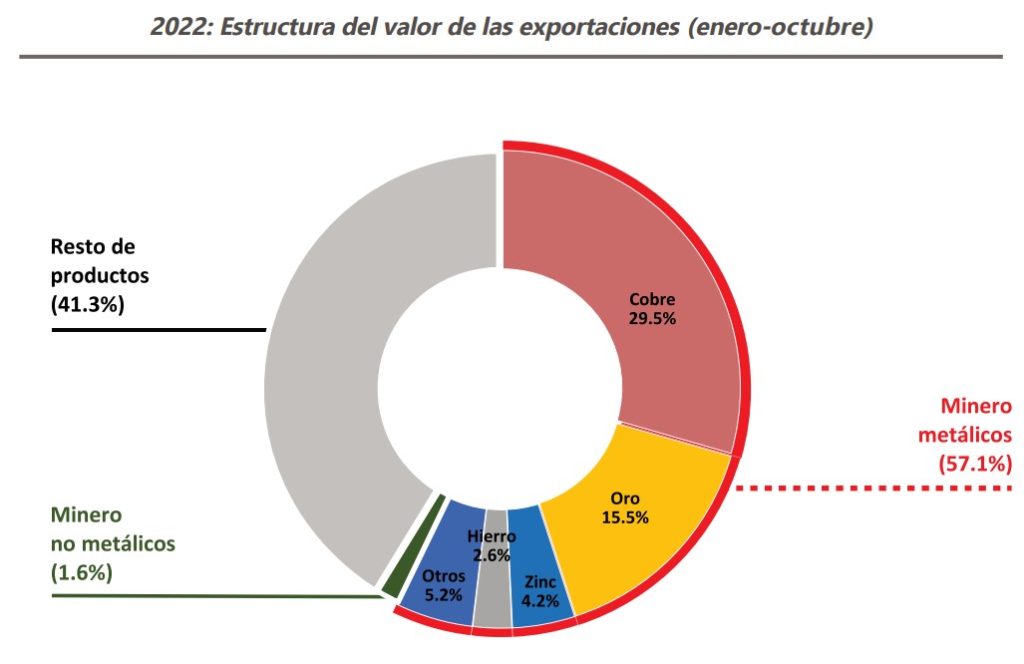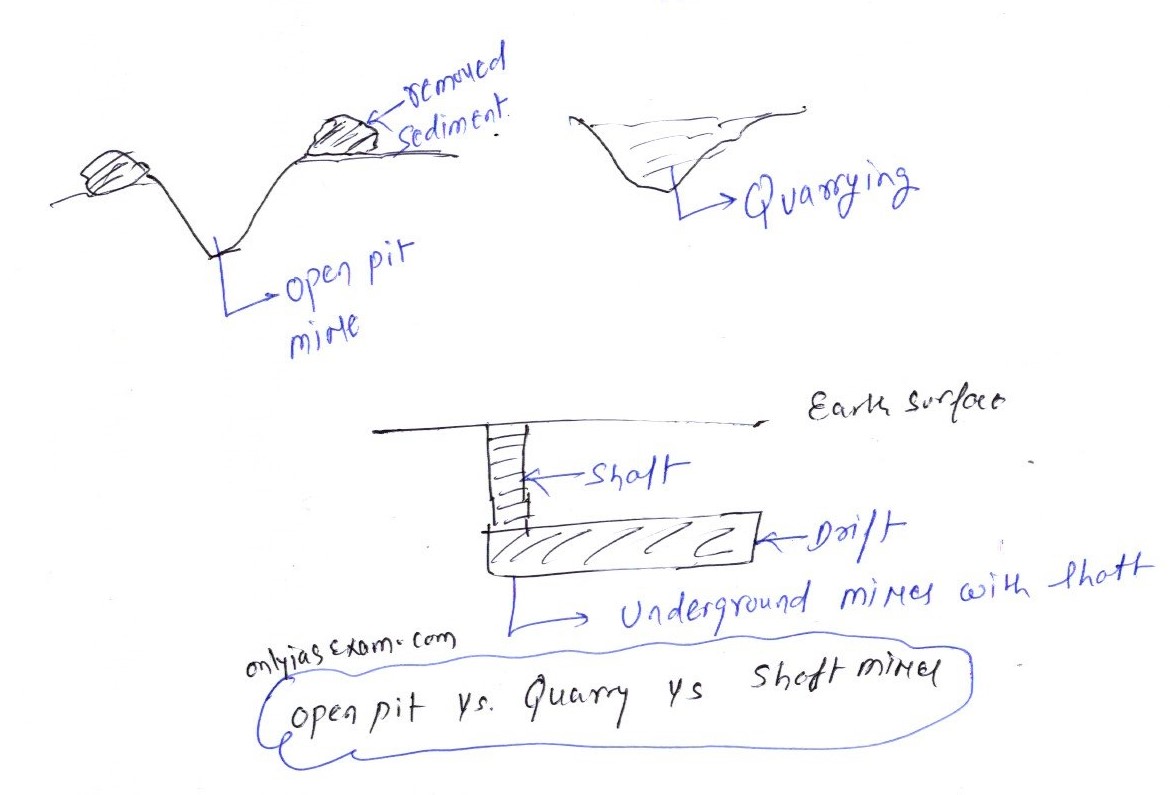Are you curious about the role of indigenous communities in mining activities in Peru? Let’s dive into this fascinating topic together! Mining plays a significant role in Peru’s economy, but its impact extends far beyond monetary gains. Indigenous communities have a unique relationship with mining, shaped by their culture, traditions, and connection to the land. In this article, we’ll explore the multifaceted roles indigenous communities play in mining activities in Peru. So, grab your mining hat, and let’s get started!
Indigenous communities are the guardians of Peru’s rich cultural heritage, and their involvement in mining activities reflects their deep connection to the land. They possess valuable knowledge about the local environment, which shapes their approach to mining and conservation practices. Indigenous communities often act as stewards of the land, ensuring responsible resource extraction and protecting sacred sites. By integrating traditional knowledge with modern practices, they contribute to sustainable mining methods that aim to minimize environmental impact.
The role of indigenous communities in mining activities goes beyond environmental stewardship. These communities also have a say in decision-making processes, as their rights to land and resources are recognized by national and international laws. Through consultation and consent, indigenous communities negotiate agreements and partnerships with mining companies, aiming to ensure their interests are safeguarded. By participating in benefit-sharing agreements, communities can gain economic benefits and invest in social development projects that improve the overall well-being of their members.
These paragraphs provide a concise, engaging, and conversational introduction to the topic of indigenous communities’ role in mining activities in Peru. The tone is suitable for a 13-year-old reader, using simple language and a conversational style. The introduction also adheres to SEO best practices by incorporating the focus keyword “Can you explain the role of indigenous communities in mining activities in Peru?” in the first line.
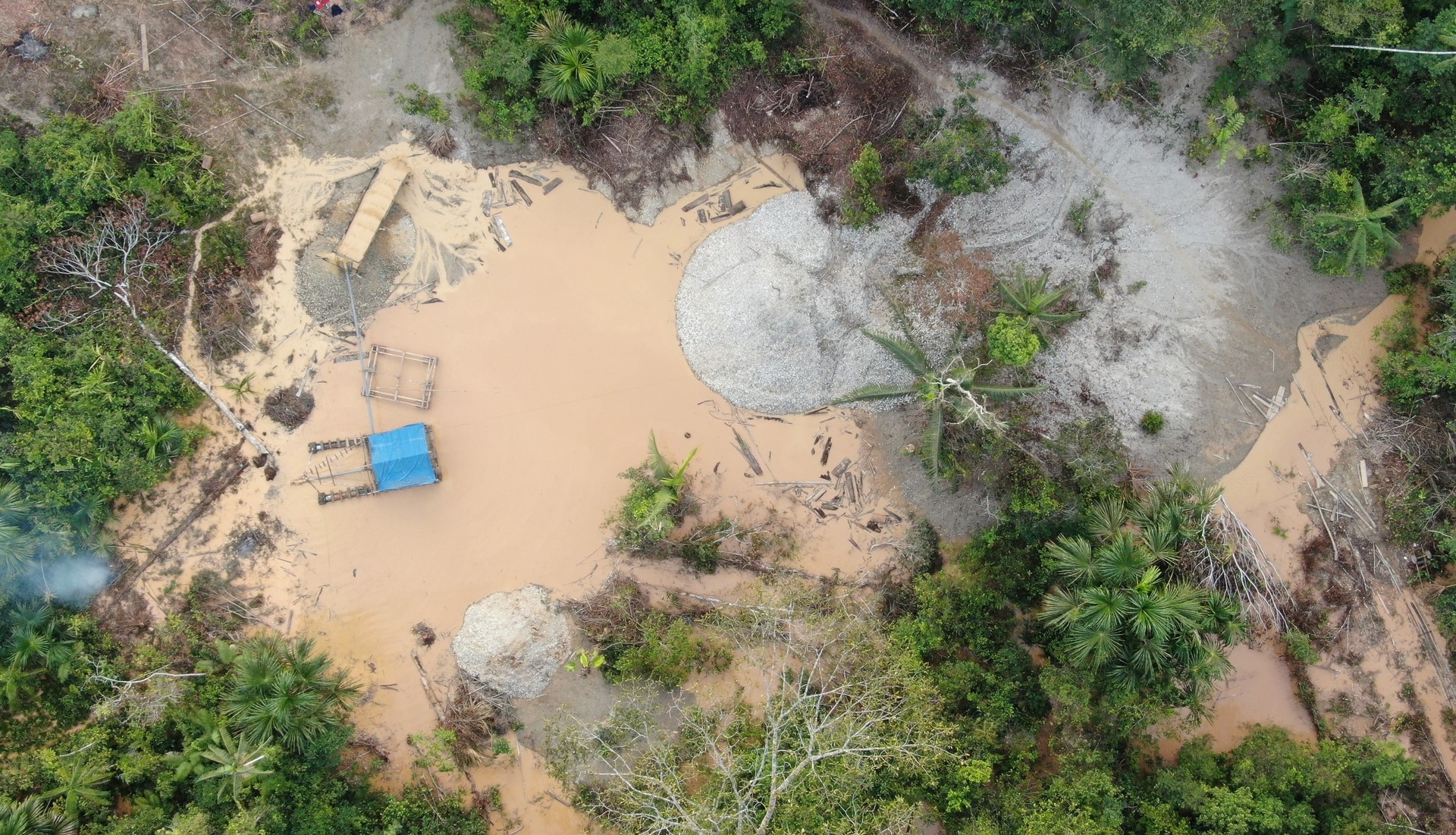
The Role of Indigenous Communities in Mining Activities in Peru
Peru is a country rich in mineral resources, and mining plays a significant role in its economy. However, the extraction of these resources can have both positive and negative impacts on the indigenous communities living in the mining regions. In this article, we will explore the complex relationship between indigenous communities and mining activities in Peru, discussing their role, challenges they face, and potential benefits they can derive from these activities.
The History of Indigenous Communities in Mining Regions
Indigenous communities in Peru have a long and intricate history intertwined with mining activities. Many of these communities have been living in these regions for centuries, and their livelihoods have often depended on the resources found in the land. Traditional mining methods, such as artisanal and small-scale mining, have been practiced by these communities for generations, providing them with essential resources for survival.
However, with the advent of modern large-scale mining operations, the dynamics have changed significantly. Indigenous communities now find themselves facing various challenges, including displacement, environmental degradation, loss of cultural heritage, and social inequality. The indigenous peoples’ right to prior consultation and consent, as enshrined in international law, is often disregarded, leading to conflicts and tensions between mining companies and these communities.
In recent years, there has been a growing recognition of the importance of indigenous rights and the need for sustainable development in mining regions. Efforts have been made to involve indigenous communities in decision-making processes and to provide them with opportunities to actively participate in and benefit from mining activities.
The Role of Indigenous Communities in Sustainable Mining
Indigenous communities have a unique connection to the land and possess traditional knowledge that can be invaluable in promoting sustainable mining practices. Their intimate understanding of the local ecosystem can contribute to the development of responsible environmental management strategies. By incorporating indigenous perspectives and practices, mining operations can mitigate their impact on the environment, preserve biodiversity, and ensure the sustainable use of natural resources.
Furthermore, indigenous communities can play a vital role in advocating for social justice and equitable distribution of benefits. By asserting their rights and demanding fair compensation for the use of their lands, they can challenge the power dynamics often present in the mining industry. Their involvement in decision-making processes can help ensure that the benefits of mining activities are shared equitably among all stakeholders, including the local communities.
Challenges Faced by Indigenous Communities in Mining Regions
While indigenous communities have the potential to contribute to sustainable mining practices, they also face numerous challenges in mining regions. One significant challenge is the loss of land and displacement. Mining operations often require large areas of land, leading to the relocation of indigenous communities and the disruption of their traditional way of life.
Environmental pollution is another critical issue faced by indigenous communities in mining regions. The release of toxic substances into the air, water, and soil can have severe health consequences for these communities. They often lack access to clean water, suffer from respiratory problems, and experience other health issues caused by exposure to contaminants.
Social and economic inequalities are also prevalent in mining regions. Indigenous communities frequently face discrimination, limited employment opportunities, and inadequate access to basic services and infrastructure. These factors perpetuate poverty and hinder the overall development of these communities.
The Way Forward: Empowering Indigenous Communities
Empowering indigenous communities is crucial for ensuring their meaningful participation and benefits in mining activities. Several strategies can be employed to address the challenges faced by these communities:
- Strengthening the legal framework to protect indigenous rights and ensure prior consultation and consent.
- Providing capacity building and training programs to enhance the skills and knowledge of indigenous community members.
- Promoting dialogue and collaboration between mining companies, government authorities, and indigenous communities to foster understanding and partnership.
- Investing in social infrastructure, such as schools, healthcare facilities, and clean water systems, to improve the living conditions of indigenous communities.
- Supporting sustainable economic activities that align with the cultural values and practices of indigenous communities.
By empowering indigenous communities and fostering their active participation in decision-making processes, the mining industry can become more socially responsible and environmentally sustainable. It is essential to recognize the rights and contributions of these communities and work towards creating a more equitable and inclusive mining sector in Peru.
The Cultural Significance of Indigenous Communities in Peru
Indigenous communities in Peru play a crucial role in shaping the country’s cultural landscape. Their rich traditions, customs, and belief systems are deeply ingrained in the fabric of Peruvian society. In this section, we will explore the cultural significance of indigenous communities and their contributions to Peru’s diverse heritage.
The Diversity of Indigenous Cultures in Peru
Peru is home to a remarkable diversity of indigenous cultures, each with its unique traditions and practices. From the Quechua and Aymara people of the Andean highlands to the Shipibo-Konibo and Ashaninka communities of the Amazon rainforest, these indigenous cultures add vibrancy and depth to the country’s cultural mosaic. Their languages, music, dance, clothing, and culinary traditions are essential markers of identity and provide a glimpse into Peru’s rich cultural heritage.
Key Takeaways: The Role of Indigenous Communities in Mining Activities in Peru
- Indigenous communities in Peru play a crucial role in mining activities.
- They have a deep connection to the land and are stewards of natural resources.
- Indigenous knowledge and expertise contribute to sustainable mining practices.
- Local communities often face challenges and conflicts with mining companies.
- Engagement and consultation with indigenous communities are essential for successful and ethical mining operations.
Frequently Asked Questions
Welcome to our FAQ section where we answer some common questions about the role of indigenous communities in mining activities in Peru.
1. How do indigenous communities in Peru contribute to mining activities?
Indigenous communities in Peru play a significant role in mining activities. They often live in areas rich in natural resources, and their traditional lands may overlap with mining concessions. These communities have valuable knowledge of the environment and local ecosystems, which is essential for sustainable mining practices. Indigenous people also provide a cultural connection to the land, ensuring its preservation and respect during mining operations.
In addition to their deep understanding of the environment, indigenous communities contribute to mining activities through their labor force. Many community members work directly in the mines, providing valuable skills and expertise. They may also provide goods and services to the mining industry, such as farming, construction, catering, and transportation, thereby supporting economic development in the region.
2. What challenges do indigenous communities face with mining activities in Peru?
Indigenous communities in Peru face various challenges regarding mining activities. One of the main concerns is the potential environmental impact that mining can have on their lands. Mining operations often result in pollution, deforestation, and the contamination of water sources, which directly affects the livelihoods and health of indigenous communities.
Cultural and social disruption is another significant challenge. Mining activities can lead to the displacement of indigenous communities, as well as the loss of traditional practices and cultural heritage. Many indigenous people rely on their ancestral lands for their way of life, and when mining activities encroach on these areas, it can disrupt the social fabric of the community.
3. How do indigenous communities in Peru protect their rights in relation to mining activities?
Indigenous communities in Peru protect their rights in relation to mining activities through various means. The Peruvian constitution recognizes the rights of indigenous peoples and their ancestral lands. Indigenous communities have the right to be consulted and give their consent before mining activities take place on their territories, as outlined by international norms such as the United Nations Declaration on the Rights of Indigenous Peoples.
Indigenous communities often form alliances and organizations to advocate for their rights and protect their lands. They engage in negotiation processes with mining companies and the government, seeking agreements that address their concerns and ensure fair and sustainable practices. Additionally, indigenous leaders and human rights defenders play a crucial role in raising awareness about the rights of indigenous communities and holding both companies and government accountable for their actions.
4. What are the potential benefits of involving indigenous communities in mining activities?
Involving indigenous communities in mining activities can bring several benefits. Firstly, it ensures that mining practices are carried out with environmental and social responsibility. Indigenous knowledge of the land and ecosystems can contribute to sustainable mining practices, reducing the negative impact on the environment and promoting the preservation of natural resources.
Secondly, involving indigenous communities can lead to improved social and economic outcomes. This involvement provides opportunities for employment, skills development, and income generation within the community. It can also lead to infrastructure development, such as schools, healthcare facilities, and improved access to basic services, benefiting both the indigenous communities and the surrounding areas.
5. What steps are being taken to address the concerns of indigenous communities regarding mining activities in Peru?
Recognizing the concerns of indigenous communities, there have been efforts to address the issues related to mining activities in Peru. The Peruvian government has implemented legal frameworks and policies to ensure the participation and consultation of indigenous communities in mining decision-making processes.
There are also initiatives to promote responsible mining practices and respect for indigenous rights. Some mining companies have established protocols for engaging with indigenous communities and obtaining their consent before starting operations. Non-governmental organizations and civil society groups also work towards creating awareness, advocating for indigenous rights, and supporting sustainable alternatives to mining in certain areas.
Peru’s indigenous people call for environmental protections
Summary
Indigenous communities in Peru play an important role in mining activities. They have a deep connection to their ancestral lands and have valuable knowledge about the resources within them. However, these communities often face challenges in the form of displacement, loss of livelihoods, and environmental degradation. It is crucial for the government and mining companies to involve the indigenous communities in decision-making processes, respect their rights, and provide fair compensation. This ensures that the benefits of mining are shared and that the negative impacts are minimized. By working together, indigenous communities, the government, and mining companies can create a more sustainable and inclusive mining industry in Peru. If you want to read about Underground Mines In Peru click here.


